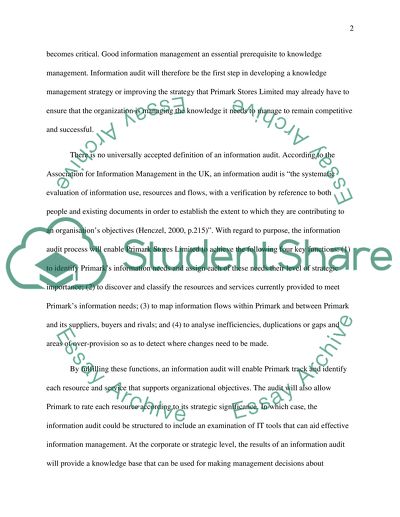Cite this document
(“IT Systems Strategy Essay Example | Topics and Well Written Essays - 3000 words”, n.d.)
Retrieved from https://studentshare.org/information-technology/1393293-it-systems-strategy
Retrieved from https://studentshare.org/information-technology/1393293-it-systems-strategy
(IT Systems Strategy Essay Example | Topics and Well Written Essays - 3000 Words)
https://studentshare.org/information-technology/1393293-it-systems-strategy.
https://studentshare.org/information-technology/1393293-it-systems-strategy.
“IT Systems Strategy Essay Example | Topics and Well Written Essays - 3000 Words”, n.d. https://studentshare.org/information-technology/1393293-it-systems-strategy.


